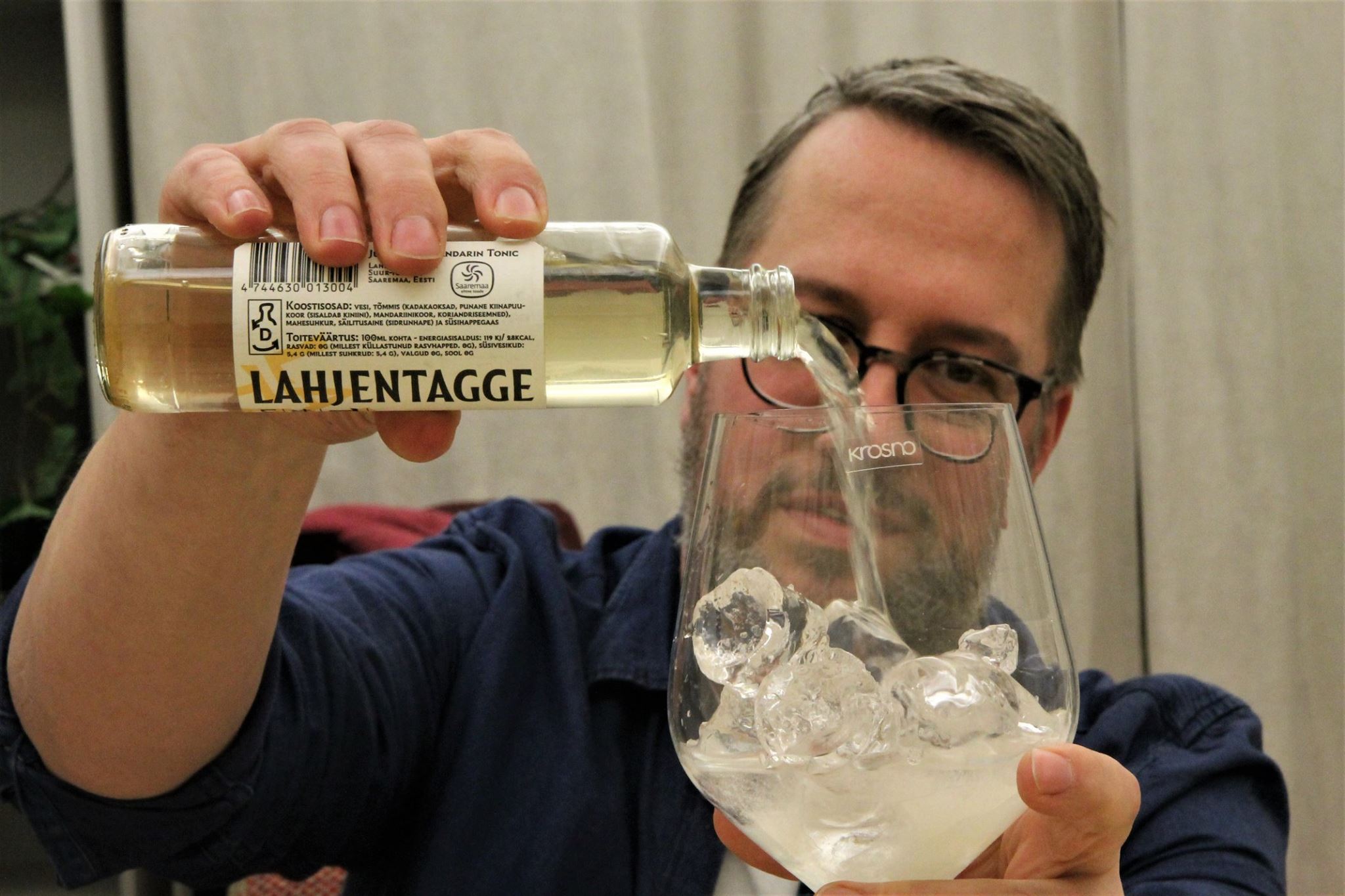Gin and tonic is a great combination of drink, suitable for a lot of occasions. However, you need to be sure to choose the perfect tonic to get the right taste. There are a lot of quality tonic water out there, and knowing what to look for will save you time and stress.
We collected some tips for picking the best tonic water for your gin.
All You Need To Know About Tonic Water
The origin of tonic water is a fantastic tale; the drink was created out of necessity rather than curiosity; as it is with a lot of inventions.
Tonic water was first made by British soldiers. In the 19th century, British Soldiers sought a way to consume the extremely bitter malaria antidote, quinine. They mixed quinine with water and soda to make it taste better. It, however, was still too better to consume, and they found a solution to this by adding gin. Going by this, the British army invented the tonic water.
In following years, 1858 in particular Erasmus Bond carried out the first commercial production of tonic water. In 1878, 20 years after that, Jacob Schweppe began production of Schweppes Indian Tonic.
Quinine
Quinine is a well-known medication used to treat malaria. It is, however, no longer recommended as a result of its numerous side effects. Quinine was gotten for the first time from the bark of a Peruvian Cinchona tree around 1630. The Cinchona tree is native to South and Central America, and can also be found in West Africa and the Caribbeans. Back then, it was used to treat fever before its potency for malaria was discovered.
Quinine played a massive role during the second world war, as it was used in treating many soldiers. The last American plane which was taken over by the Japanese after flying out of Philippines was said to have carried about four million quinine seeds.
An interesting take on the importance of quinine to soldiers can be taken from Sir Winston Churchill's statement:
''Gin and tonic have saved more Englishmen's lives and minds than all the doctors in the empire''.
Medicinal Benefits Of Quinine
The primary use of quinine is for malaria treatment, although as a result of its numerous side effects, this was discontinued. It is still used in small quantities alongside newly discovered malaria antidotes.
Quinine also acts as a food additive, giving tonic water its bitter and unique taste.
Reports have also claimed that it is used to treat cramps.
Uses Of Tonic Water
• Mixer: Tonic water is one of the most common mixers around the world. It forms the classy gin and tonic duo, and can also be mixed with vodka. It is also used for mixing cocktails.
• Cramps: Some have claimed that tonic water treats restless legs and cramps. This will, however, require the consumption of a high volume of tonic, as its quinine content is around 83mg per litre. The recommended daily consumption between 500mg and 1000mg per litre.
• Other Uses: According to research, tonic can be used to water plants and remove cloth stains as well.
Tonic water has a long and rich history remaining widely relevant since the 19th century. Gin and tonic is a standard fixture in bars and clubs, as well as cocktails at dinners and parties.
The Fine Line Between Tonic Water And Soda Water
Tonic water has become a trendy drink in recent times. Vodka tonic, gin and tonic and even plain tonic water are consumed in homes, as well as bars and clubs. Tonic water is different from other carbonated drinks, and in this article, we are examining the thin line between tonic water and soda water.
What Is Tonic Water?
Tonic water is a carbonated drink, containing some mineral which gives it a distinct taste. The unique ingredient in tonic water is quinine; which gives the drink its bitter taste. It is an alkaloid gotten from the bark of a native Peruvian tree. To reduce the bitterness caused by quinine, sweeteners from nectar or sugar are added to the tonic. Carbonation also offsets the bitter taste. Tonic is a popular ingredient for cocktails as well as being a top-notch beverage when combined with gin.
What Is Soda Water?
Soda water is also a carbonated drink, infused with salt and minerals. Soda water usually contains dissolved carbon dioxide gas. It does not contain added sugars or preservatives. Soda water is a common ingredient for a cocktail, particularly used along with vodka or gin.
Similarities Between Tonic Water And Soda Water
• Carbonated Water: Both share the same base, which is highly carbonated water. This is the most important component of both drinks. This similarity is highlighted in the history of Coca-Cola, which was first created as a tonic with alcohol and coca leaves added.
• Mineral And Compounds: Both drinks contain different minerals and compounds. It is what gives them their distinct tastes.
• Mixers: Both drinks act as mixers and are added to cocktails, gin, as well as vodka. Although their uses vary, they are both standard mixers.
• They can both be taken as plain drinks. Although tonic waters typically have a bitter taste, some of them, like Lahhentagge tonics, can still be consumed as plain drinks.
Differences Between Tonic Water And Soda Water
• Quinine: Tonic water and soda water are similar, as they have the same base of carbonated water. The ingredients they contain, however, make them taste different. Quinine, the prominent ingredient in tonic water makes it bitter, compared to soda water.
• Calories: Tonic water contains sugar as well as other sweeteners, and this makes it high in calories. Soda water does not contain preservatives or added sugars, making it calorie-free.
• Ghrelin: Tonic water has calories, while soda water increases ghrelin. Ghrelin is a hunger hormone, and with the more soda water you consume the higher your hunger levels. This, when not watched, can lead to weight problems.
In conclusion, the difference is in quinine -- it is more healthy to lean towards tonic water, especially if you check sugar-level of your tonic.
Take it plain or mix it with gin for the best taste.
Toonik.ee -- meie oma toonikupood!
Suvi on tagasi! Ja kui te vajate suvekuuma lahjendamiseks midagi erlist, siis meie toonikutel on nüüd oma pood! Aadressi meeles pidamine on imelihtne, selleks on lihtsalt: toonik, toonik.ee.
Meie toonikud on Tallinnas ja Saaremaal müügil päris paljudes kohtades, ja ka mujalt Eestis on neid leida RIMI ja Selveri riiulitest, aga kõige lihtsam on nüüd toonikud kasti kaupa oma kodu lähedal olevasse pakiautomaati tellida.















